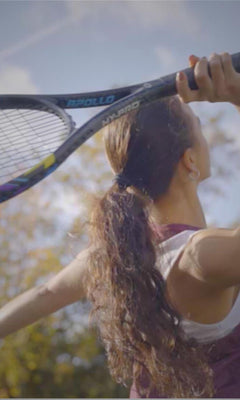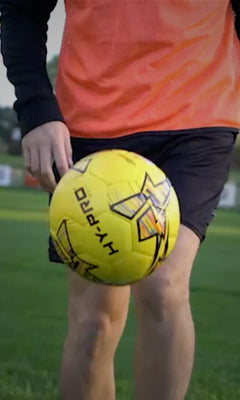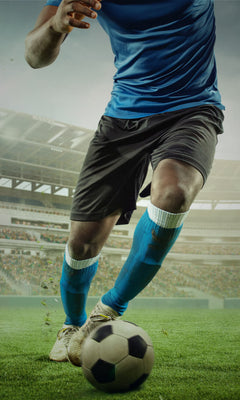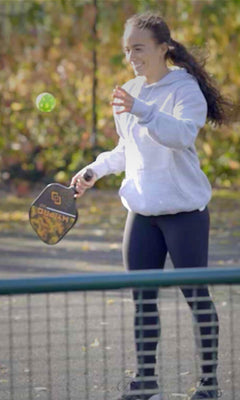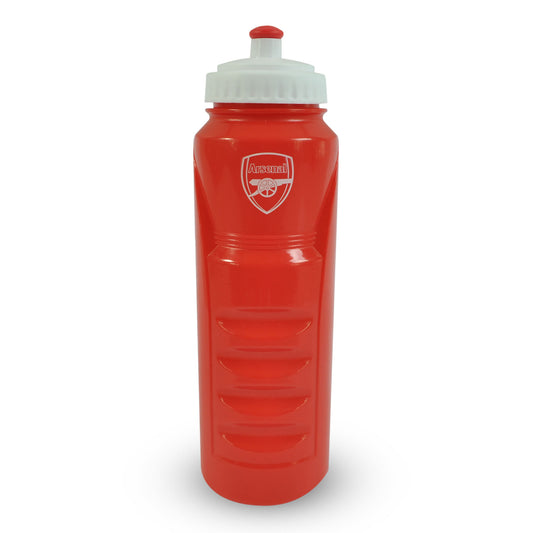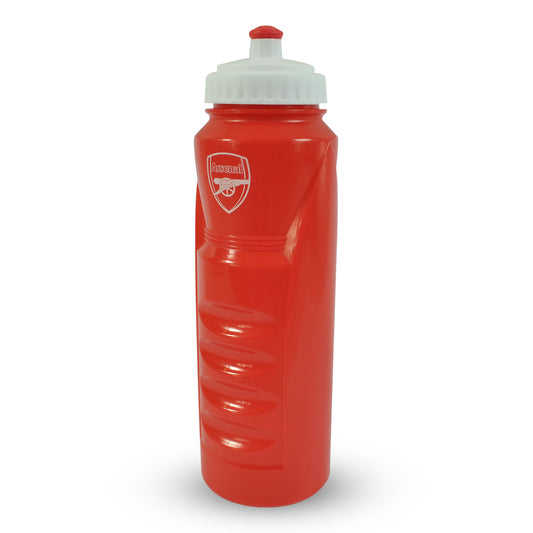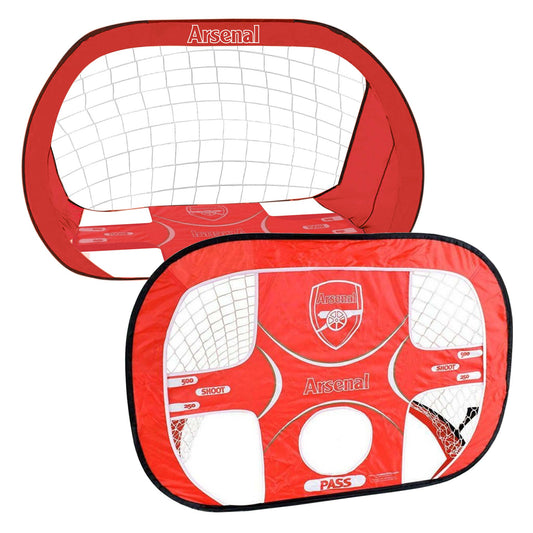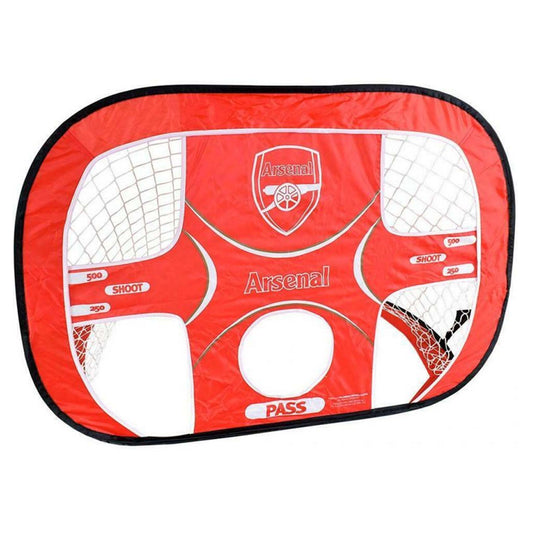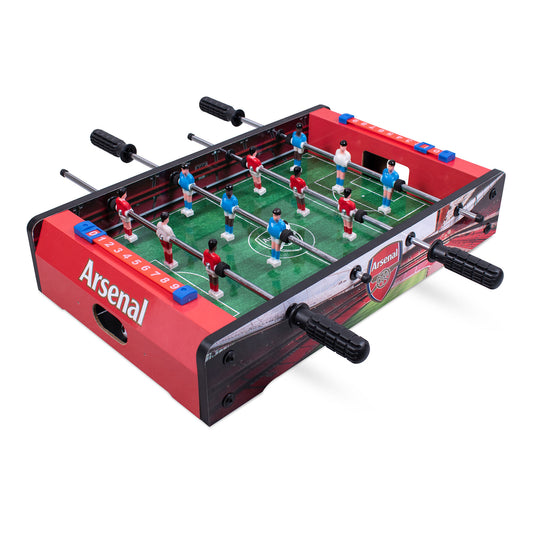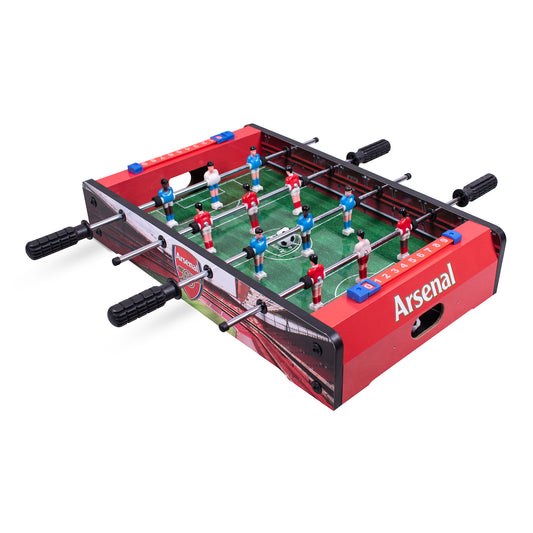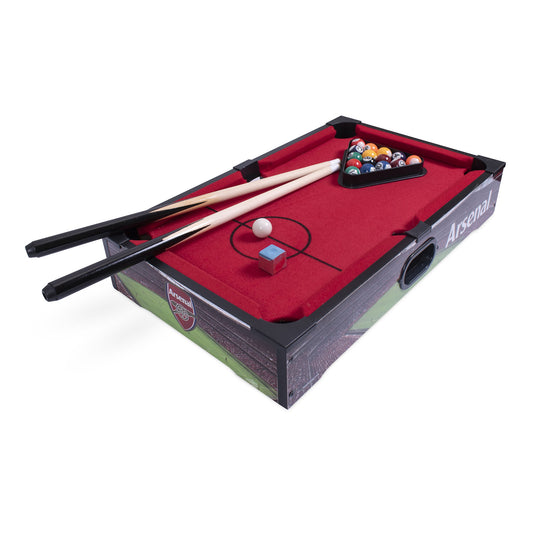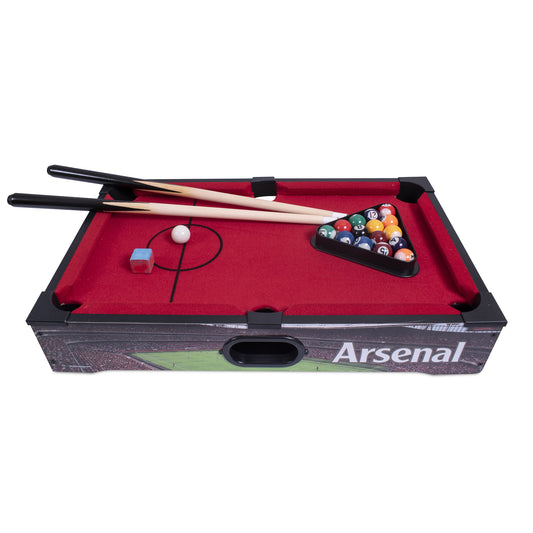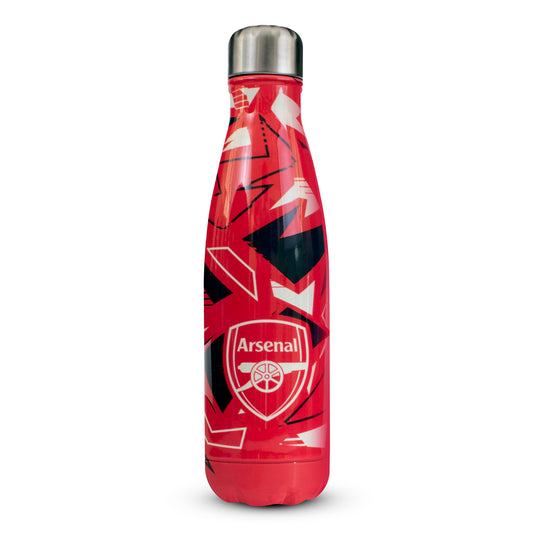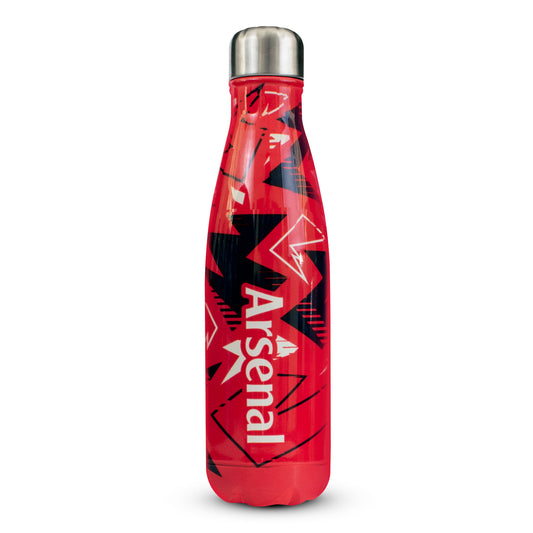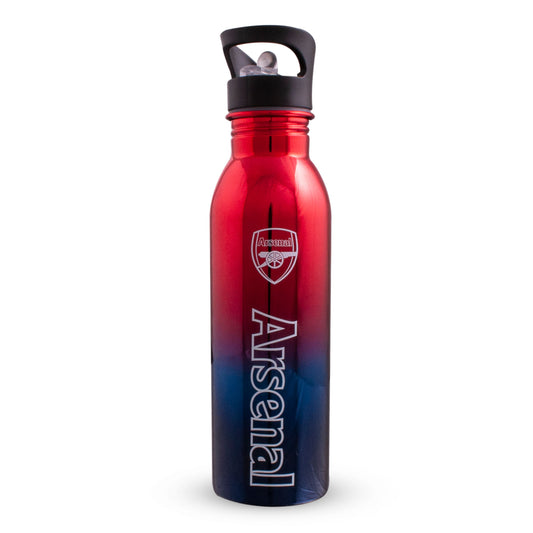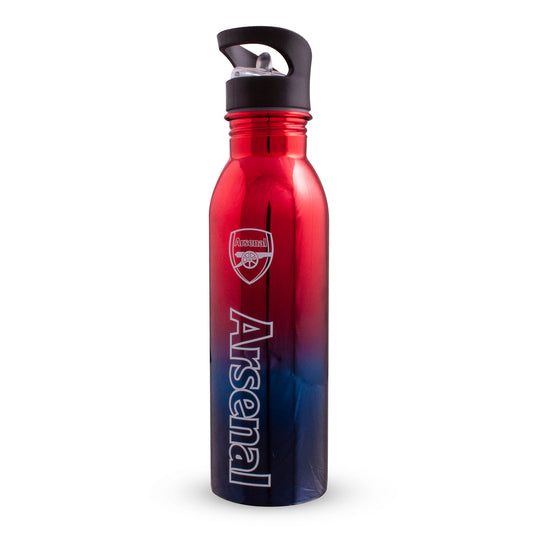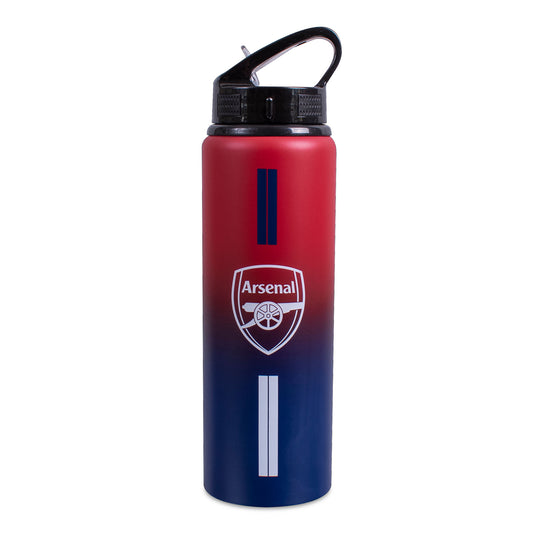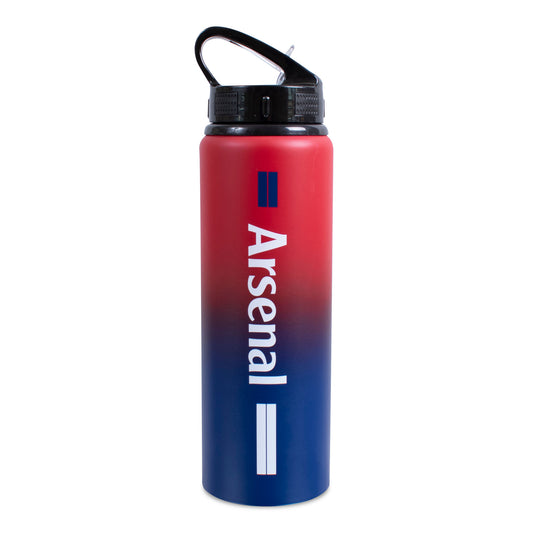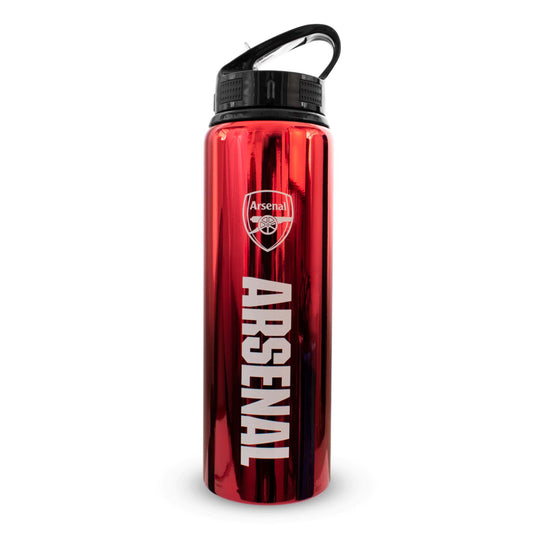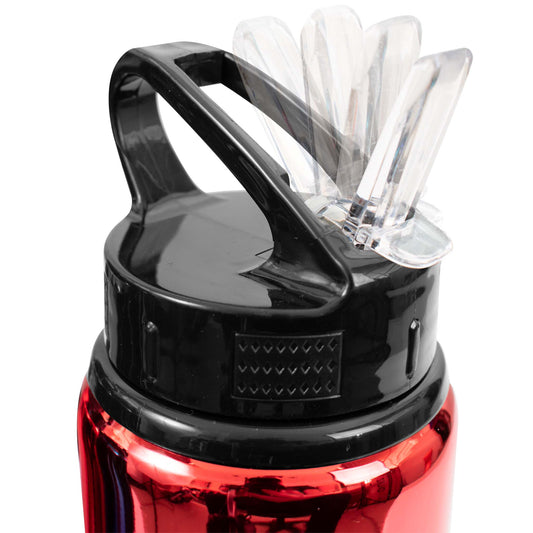Football is the world's most popular sport, played by millions of people of all ages and abilities. Whether you're a seasoned pro or a casual player, one of the most important pieces of equipment you need is a high-quality football. With so many different types of footballs available, it can be challenging to know which one to choose.
In this blog, we'll take a closer look at the different types of footballs available, including their unique characteristics, performance features, and price points. We'll also explore the various materials used to make footballs, including where they come from around the world. We'll discuss the different weights and bladders used in footballs and how they affect performance. And finally, we'll delve into the latest advancements in football technology, including thermo-bonding, and how it's changing the game.
If you're looking to purchase a new football, this guide will provide you with all the information you need to make an informed decision. So, let's get started and take a closer look at the different types of footballs available!
Materials Used In footballs:
The quality of a football depends largely on the materials used to make it. The main different types of materials used in the outer surface of a football include PVC, TPU and PU.
1. Polyvinyl Chloride (PVC):
PVC (Polyvinyl Chloride) is a material that is commonly used in the manufacturing of footballs. PVC footballs are typically machine-stitched and have a smooth, shiny finish. They are generally cheaper than PU or leather footballs, making them a popular choice for recreational play and training purposes.
One of the benefits of PVC footballs is their durability. They can withstand harsh playing conditions, such as hard surfaces or rough weather, without being easily damaged. Additionally, PVC footballs are waterproof, which makes them ideal for outdoor play in wet conditions.
However, PVC footballs have some limitations in terms of their performance. They have a harder and less responsive feel compared to higher-end footballs, which can affect the player's ability to control the ball during play. PVC footballs also have a less consistent flight path due to their weight distribution, which can make them more difficult to predict when passing or shooting.
Overall, PVC footballs are a good option for beginner or casual players who are looking for a durable and affordable option. However, more experienced players or those looking for higher performance footballs may want to consider other materials such as PU or leather.
2. Thermoplastic Polyurethane (TPU):
TPU (Thermoplastic Polyurethane) is a material that is commonly used in the manufacturing of high-quality footballs. They are more expensive than PVC footballs but less expensive than PU footballs, making them a popular choice for intermediate-level players.
One of the key benefits of TPU footballs is their durability. They are able to withstand tough playing conditions and resist abrasions, scuffs, and scratches. They are also a more environmentally friendly alternative to PVC and PU. In terms of performance, TPU footballs have a softer feel compared to PVC footballs, which makes them easier to control during play. They also offer more consistent flight patterns and have a better balance between speed and control.
Overall, TPU footballs are a good choice for intermediate-level players who are looking for a durable and high-performance football without the high cost of a leather ball.
3. Polyurethane (PU):
PU (Polyurethane) is a material that is commonly used in the manufacturing of high-end footballs. They are more expensive than TPU footballs, making them a popular choice for professional-level players.
One of the main advantages of PU footballs is their superior performance. They have a softer feel than TPU footballs, which makes them easier to control and manipulate during play. PU footballs also offer more consistent flight patterns, which can be important for players who need to make precise passes or shots. Another benefit of PU footballs is their durability. They are resistant to abrasions, scuffs, and scratches, and can withstand tough playing conditions.
Overall, PU footballs are the top choice for professional-level players who are looking for a ball that provides superior performance, durability, and consistency. While they are more expensive than TPU footballs, they are worth the investment for players who demand the highest level of quality and precision.
Different Types of Stitching
The way a football is stitched can also affect its quality. There are two main types of stitching including machine stitching and hand stitching. However, nowadays for professional footballs thermo bonded technology is used over stitching. We will also discuss the benefits of thermo bonded technology in this section.
1. Hand Stitched
Hand-stitched footballs are made by skilled craftsmen who use a needle and thread to sew the panels of the ball together. This method of construction creates strong and deep seams but still struggle to be fully waterproof on a wet day.
Hand-stitched footballs are typically more expensive than machine-stitched footballs, as the labour-intensive process requires a higher level of skill and attention to detail. They were previously often used by professional-level players and in high-level competitions. However, now thermo bonded is preferred.
2. Machine Stitched
Machine-stitched footballs are made using a sewing machine that stitches the panels of the ball together in a uniform pattern. This process creates a ball with a more consistent shape and size.
Machine-stitched footballs require less maintenance than hand-stitched footballs, as the machine-sewn panels create a stronger bond that can withstand wear and tear. However, they may not offer the same level of performance and feel as hand-stitched footballs, particularly at the professional level.
Overall, the choice between hand-stitched and machine-stitched footballs depends on the player's level of play, personal preference, and budget. Machine-stitched footballs offer a practical and affordable option for players who are still developing their skills or playing at a recreational level.
3. Thermo Bonded
Thermo-bonding is a process that involves bonding the panels of the football together using heat instead of stitching. This results in a seamless finish that provides a consistent shape and improves the ball's performance.
Thermo-bonded footballs are becoming increasingly popular among professional players because they offer several advantages over stitched footballs. Firstly, thermo-bonding eliminates the need for stitches, reducing the risk of stitches coming apart during play and creating an uneven surface on the ball. It creates more durability as panels are bonded together more securely.
Secondly, thermo-bonded footballs are more water-resistant than stitched footballs. This is because stitching can create tiny holes in the surface of the ball, allowing water to seep in and affect the ball's weight and shape. Thermo-bonded footballs are also less likely to absorb water, which can make them heavier and harder to control.
Thirdly, thermo-bonded footballs offer a more consistent bounce and flight than stitched footballs. This is because the panels are bonded together seamlessly, creating a smoother surface and reducing the amount of air resistance when the ball is in flight.
Thermo bonded technology is mainly used with higher quality materials such as TPU and PU and is more expensive than a traditionally stitched football.
In summary, thermo-bonded footballs offer improved performance, water resistance, consistency, and durability compared to traditional stitched footballs. As a result, they are becoming increasingly popular among players of all levels, from beginners to professionals.
Different Types of Bladders
The bladder is the inner part of the football that holds the air. The three main types of bladders include latex, rubber and butyl.
1. Latex
Latex bladders are cheaper than butyl bladders but are less durable and require more frequent reinflation. They provide a higher bounce and are suitable for recreational and training football. Typically, they are found in PVC balls.
2. Synthetic Rubber
Synthetic rubber bladders are the most common type of bladder found in lower-end footballs. They are cheap but not as durable or consistent as butyl or latex bladders. Typically, they are found in PVC balls.
3. Butyl
Butyl bladders are considered to be the best and most expensive type of bladder. They have excellent air retention and provide a consistent bounce, making them ideal for high-level matches. Typically, they are found in TPU or PU balls.
In general, the type of bladder used in a football can have a significant impact on the ball's performance, durability, and price. Butyl bladders are the best option for serious players and professionals, as they offer the best air retention and shape retention. Latex bladders are a good option for recreational play, as they offer superior bounce and responsiveness, but require more maintenance. Rubber bladders are the least expensive option but are generally not recommended for serious play due to their lower quality and durability.
Over the bladder there are different methods to improve the performance of the football.
Winding Bladders: Winding bladders are typically found in high-end footballs and are made by wrapping several layers of thread around the inner bladder before it is covered with the outer casing. The winding process helps to improve the roundness of the ball and provide greater stability and consistency in flight. Winding bladders are also less likely to deform or lose their shape over time, providing longer-lasting performance compared to other types of bladders.
Fabric-Wrapped Bladders: Fabric-wrapped bladders are similar to winding bladders in that they involve wrapping layers of material around the inner bladder. However, instead of using thread, fabric-wrapped bladders use a layer of cloth or synthetic fabric. The fabric helps to provide additional support and strength to the bladder, helping to maintain the shape and size of the ball over time. Fabric-wrapped bladders are commonly found in mid-range footballs and can provide a good balance between performance and affordability.
Different Types of Lining
The number of layers or plys in the lining of a soccer ball can impact its durability and shape retention. A higher number of plys generally means a more durable and long-lasting ball. Below are the main different options available
1. Single-layer lining
Some lower-end soccer balls may have just one layer of lining underneath the outer cover. This is the most basic type of lining and offers minimal support and durability.
2. 2-ply lining
A 2-ply lining involves adding an additional layer of lining underneath the outer cover. This can provide some additional support and help to improve the shape retention and durability of the ball.
3. 4-ply lining
A 4-ply lining involves adding two additional layers of lining underneath the outer cover, bringing the total to four layers. This provides even greater support and shape retention, and can make the ball more durable and long-lasting.
Choosing The Right Ball
In conclusion, choosing the right soccer ball can make a significant difference in your performance on the pitch. With so many different types of soccer balls available, it's important to consider the different specs and features, such as the materials, weight, bladders, and construction techniques.
When it comes to materials, TPU and PU soccer balls are typically the highest quality, with TPU offering greater durability and PU offering superior touch and control. PVC soccer balls are a more budget-friendly option, but may not offer the same level of performance and durability.
Bladders also play a role in the quality of a soccer ball, with butyl bladders being the most preferred for their superior air retention and performance. Latex and synthetic rubber bladders are also available, but may require more frequent inflation and offer lower performance.
Finally, the construction technique of a soccer ball can impact its durability and performance, with hand-stitched and machine-stitched balls being the most common. Thermo-bonded technology is also becoming increasingly popular for its ability to create a seamless and durable ball.
Ultimately, the right soccer ball for you will depend on your individual needs and preferences. Consider the type of surface you'll be playing on, your skill level, and your budget when choosing a soccer ball. By selecting a ball that meets your specific needs, you'll be able to enjoy improved performance and better overall gameplay.
At Hy-Pro, we sell hundreds of thousands of footballs a year in a range of different specs, designs and price points. Be sure to check out our full range to find the right football for you!
For retailers, we also offer inflation services for our whole range. Get in touch with sales@hy-pro.co.uk if you’re interested in running an inflated football range in store.

